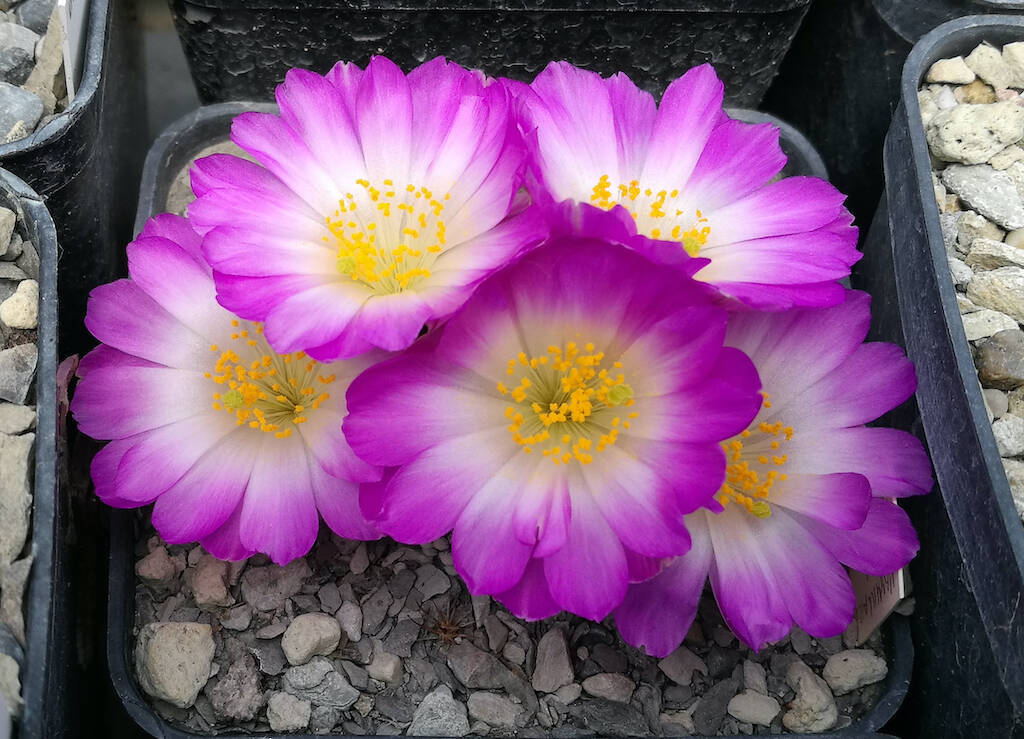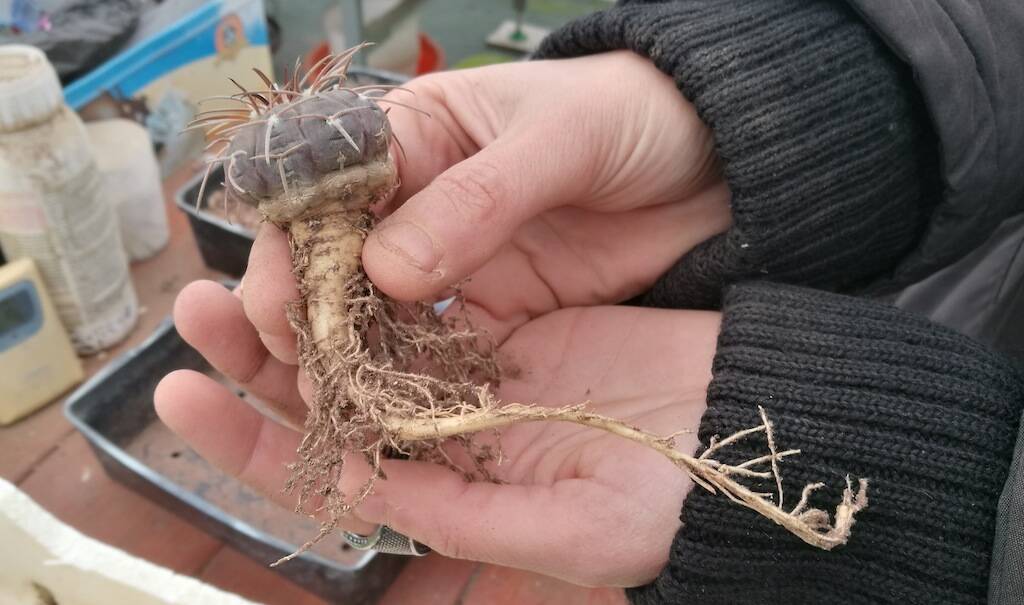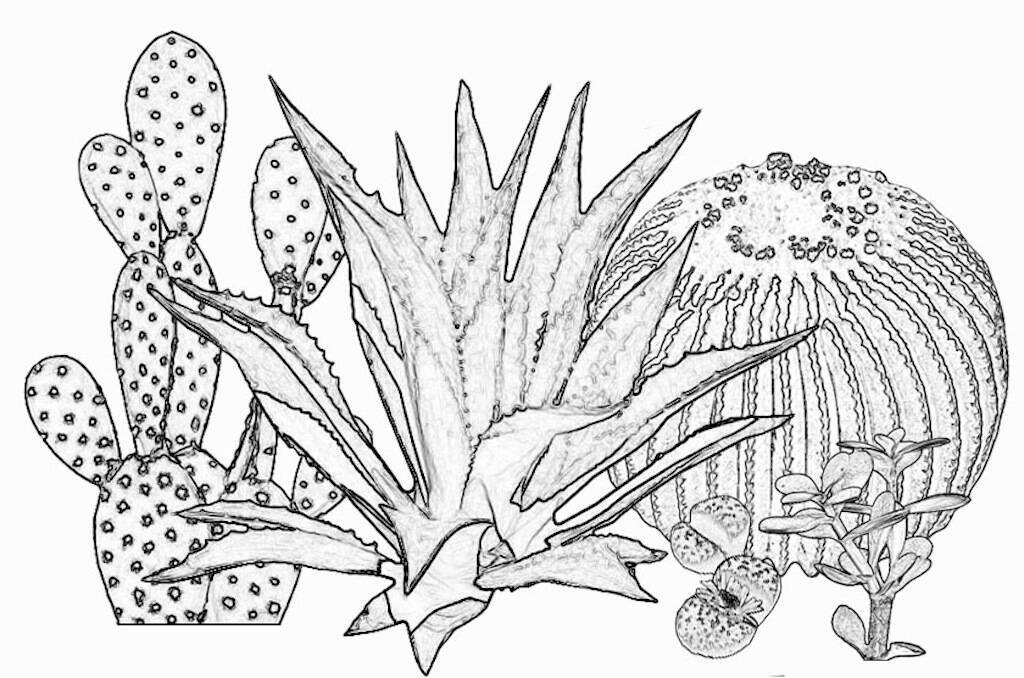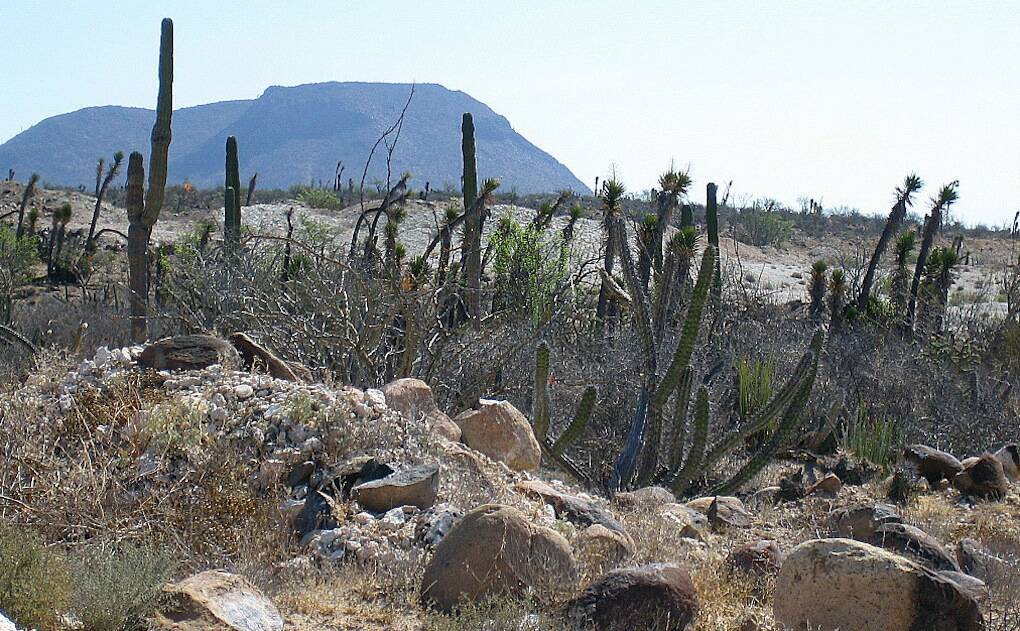Unlike what usually happens with cacti, Mammillaria luethyi was first observed by a researcher not in its habitat but in a… coffee can. Weird? Wait until you read the whole story, then. Yes, because the discovery of this species of Mammillaria is relatively recent (half of the Fifties of the twentieth century) and still today we cannot certainly define it as a widespread plant in cultivation or regularly available on the market. Nevertheless, it’s one of the most fascinating species among Mammillaria, one of the most intriguing and undoubtedly the one having the showiest flowering, and at the same time delicate and charming. As a counterbalance to these qualities, there are some difficulties in cultivation and the tendency of the root to rot: these aspects, in addition to the slowness in growth, make M. luethyi reserved for pure enthusiasts and experienced cactophiles, although with not a few difficulties.
The following article was published in Volume 61, Issue 2 (May 2021) of the Journal of The Mammillaria Society. Thanks to the editors for their welcome publication. (…)






